Efficient White Goods Recycle in Office Clear: A Sustainable Future
Introduction to White Goods Recycling in the Office Environment
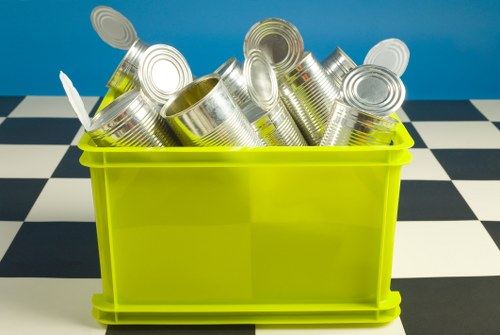
The integration of sustainable practices in office clear processes has become an essential part of modern business operations. The concept of white goods recycle in office clear not only supports environmental preservation, but it also streamlines the operational efficiency of companies. With an increasing emphasis on eco‐friendly practices, many organizations are rethinking the way they dispose of outdated appliances. Embracing recycling methodologies enables businesses to reduce waste and lower disposal costs while also contributing to a cleaner environment. By understanding the full impact of white goods recycling, companies can enhance their corporate image and adhere to rigorous sustainability standards.
In today’s competitive business landscape, the shift towards sustainable practices is more than just a trend – it is a necessity. Office clear operations now include systematic strategies to recycle white goods such as refrigerators, washing machines, and other large household appliances. This strategic approach to waste management supports long‐term sustainability goals and helps organizations comply with environmental regulations. Regularly recycling white goods not only results in lower operational costs but also promotes a culture of responsibility and continuous improvement. As offices evolve, the role of effective recycling becomes a cornerstone in policy making and operational management.
Adopting eco-conscious strategies in the office environment is a multi-dimensional process. It involves educating stakeholders on the importance of recycling and implementing systems that facilitate the smooth removal or repurposing of obsolete equipment. The term white goods recycle in office clear is increasingly recognized as critical in maintaining not only a sustainable office environment but also safeguarding natural resources. Benefits include reducing landfill waste, saving energy, and promoting innovation in recycling technology. With each step taken, organizations contribute to the creation of a greener future and enhance their operational resilience in an ever-changing economic landscape.
Understanding White Goods and Their Lifecycle in Office Clear Processes
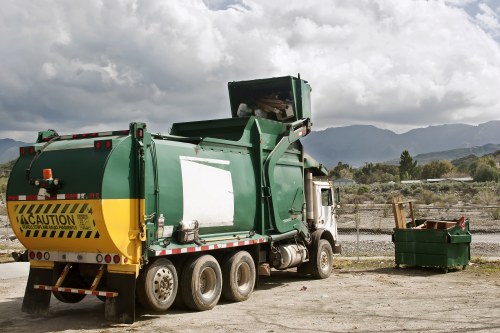
White goods refer to large electrical appliances, typically used in households and now frequently found in office settings, such as refrigerators, cleaning machines, and air conditioning units. Their lifecycle begins with manufacturing and eventually culminates in disposal or recycling. The concept of white goods recycle in office clear is aimed at managing these products in a way that minimizes environmental impact. By understanding the components and materials of these appliances, including metals, plastics, and electronic systems, organizations can strategically plan for their responsible end-of-life management. This plan ensures that valuable resources are recovered and utilized again, reducing the need for new raw materials.
The process of recycling white goods in an office clear operation requires a detailed assessment of each appliance’s current condition. Inspecting products for potential reusability or recycling is a critical step. Experts typically disassemble the appliances to separate recyclable components from non-recyclable parts. It is important to note that the recycling market offers various methods including mechanical recycling, chemical processing, and energy recovery. The ultimate goal is to extract and retain as much value as possible while ensuring that discarded components do not harm the ecosystem. This systematic approach enhances operational efficiency and exemplifies a commitment to corporate social responsibility.
Lifecycle management of white goods is now a central topic in discussions around sustainable office environments. Organizations must consider not only the immediate financial implications of replacing outdated machines but also the long-term environmental benefits of responsible recycling. Efficient white goods recycle in the office environment can create a cycle of reuse, reducing reliance on virgin materials. This continuous improvement is supported by both market innovations and robust regulatory frameworks. Maintaining a keen focus on this process encourages a broader discussion on waste reduction and environmental stewardship in every facet of organizational operation.
Environmental Impact and Sustainability Benefits
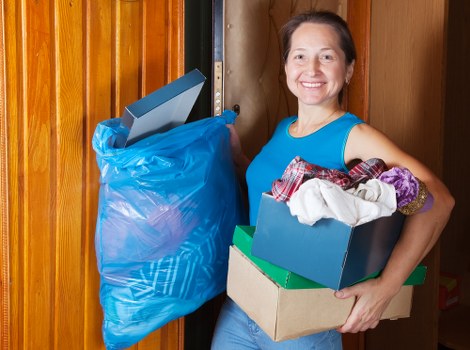
Sustainable practices in office clear operations are essential for reducing the carbon footprint and minimizing waste. White goods recycle in office clear contributes significantly to environmental protection by diverting potentially hazardous waste from landfills. In addition, the recycling process captures valuable materials that can be reused in the production of new appliances, lowering overall resource consumption. Every step, from collection to separation and eventually refined processing, is designed to mitigate negative environmental impacts. Organizations that adopt these practices not only improve their sustainability profile but also foster community goodwill and regulatory compliance.
The environmental benefits of a robust white goods recycling program are both immediate and long-lasting. Offices that implement these strategies experience reduced greenhouse gas emissions and lower energy consumption. By choosing to recycle rather than discard obsolete appliances, companies make a conscious decision to support a circular economy. This cycle encourages innovation and efficiency in the manufacturing sector as recycled materials can serve as substitutes for raw materials. Moreover, sustainable recycling practices reduce strain on natural resources, ensuring that environmental resources continue to be available for future generations.
Additionally, embracing environmental sustainability in office clearance processes provides a strategic advantage in public perception. Investors, consumers, and partners are increasingly drawn to companies with a proven environmental commitment. This shift is driven by a broader societal acknowledgment that recycling and green initiatives are vital to combating climate change. Strategies like white goods recycle in office clear serve as a model for successfully integrating sustainability with operational efficiency. Companies that lead in this area often benefit from increased media exposure and improved stakeholder relationships. By integrating strict recycling protocols, businesses can continuously optimize their processes while educating the community on the importance of environmental care.
Steps and Strategies for Effective White Goods Recycling
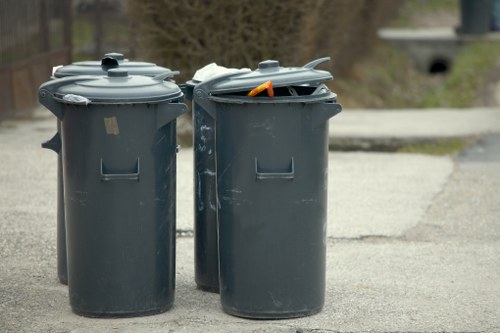
Implementing a successful white goods recycling initiative in an office environment involves many strategic steps and clear guidelines. The first step is the assessment of existing equipment to determine which appliances are eligible for recycling. Organizations must take a systematic approach, beginning with conducting a detailed inventory and condition analysis. Once the evaluation is complete, specialized vendors can be engaged to manage the recycling process. Developing an internal policy that details the roles, responsibilities, and timelines for appliance recycling enhances overall coordination. This thorough approach ensures that each step, from collection to disposal or material recovery, is effectively executed.
After the initial assessment, the next step involves disassembling white goods to separate recyclable components from non-recyclable materials. This process, often carried out in collaboration with external recycling experts, must adhere to rigorous environmental standards. Valuable components like metals and plastics are carefully extracted and sent for further processing. In many instances, the recycling process also involves refurbishing certain items, thereby extending their useful life before complete disassembly. Such multi-tiered strategies are pivotal in minimizing waste while maximizing the retrieval of resources. These initiatives not only contribute to effective waste management but also generate potential revenue streams through the recovery of valuable materials.
Ensuring the success of white goods recycling in office clear operations requires continuous monitoring and periodic audits. Regular reviews help determine whether the process meets environmental guidelines and operational efficiency metrics. Offices must document each stage of the recycling process to track improvements and overcome any challenges that may arise. Tools such as performance dashboards are often employed to monitor key performance indicators. In addition, involving employees in sustainability training sessions fosters a culture of accountability and awareness. With a commitment to continuous improvement, organizations can adjust their processes to maximize benefits over time. This dynamic approach not only improves sustainability but also enhances long-term operational resilience.
Corporate Responsibility and Economic Advantages
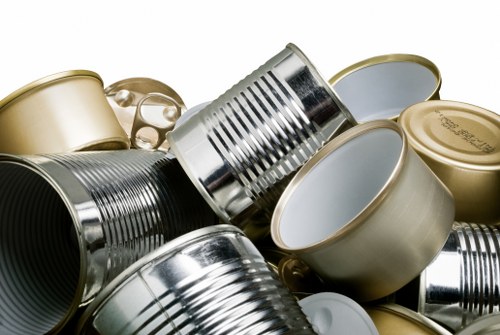
The integration of white goods recycle initiatives within office clear processes delivers not just environmental benefits, but also far-reaching economic advantages. Many companies have discovered that the process of recycling obsolete appliances can result in cost savings related to waste management, energy consumption, and more efficient use of resources. Regulations in many regions incentivize sustainable practices, and forward-thinking organizations leverage these benefits by adopting comprehensive recycling programs. Such corporate responsibility activities ensure that companies adhere to legal frameworks while building a reputation as sustainability leaders. This dual advantage of cost efficiency combined with environmental stewardship creates a compelling business case for continual recycling efforts.
The economic impact of adopting robust white goods recycling procedures extends to improved operational productivity and risk management. Organizations that commit to recycling and proper waste management often experience enhanced operational workflows and reduced liabilities. By implementing clear recycling strategies, companies avoid potential fines and sanctions linked to improper disposal practices. Moreover, recycling offers long-term savings by transforming waste management into revenue opportunities. For instance, recovering sorted materials allows for reinvestment in new technologies and processes that streamline office clearance operations. These financial benefits underscore the strategic value of merging sustainability with daily operational practices.
Embracing sustainable practices such as white goods recycle in office clear is also an opportunity for organizations to reinforce their commitment to corporate social responsibility. Companies practicing responsible recycling not only cultivate a positive public image but also inspire confidence among stakeholders. Investors and partners often view these initiatives as indicative of innovative management and forward-thinking business strategies. Furthermore, a solid recycling policy contributes to heightened market competitiveness and resilience in volatile economic climates. To sum up, the benefits are multifaceted – from reducing environmental footprints to securing economic gains and reinforcing brand integrity. Contact us today to explore how you can transform your office clearance process into a sustainable, revenue-generating model or Book your service now and join the leaders in eco-friendly business practices.